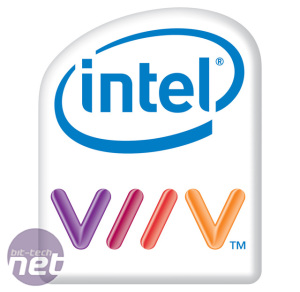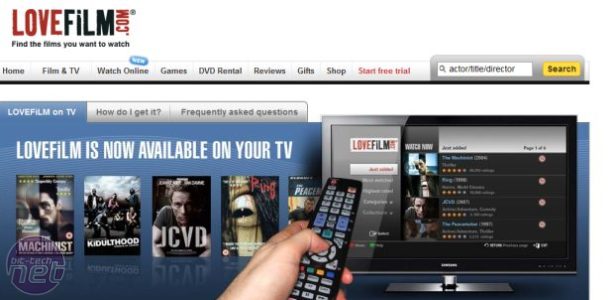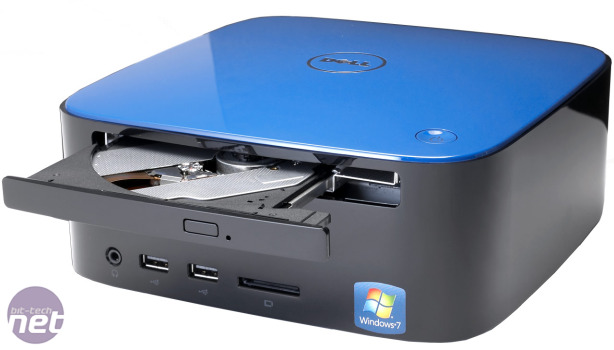
The Internet is coming for your TV
Like the film business or the fashion industry, the consumer electronics industry likes its themes. For most of the last decade, the major theme has been High Definition. For most of the next, it might well be 3D. However, like Dr Kermode, we have our doubts about 3D and to focus on it would be to ignore a far more significant trend.With the rise of 3G networks, Internet connections are more and more prevalent and widely used, and at the moment it seems as if no TV or device that connects to a TV is complete without an Ethernet socket and an optional WiFi module, and no consumer electronics manufacturer can rest until it has a package of Internet services to call its own. Having Internet access on our PCs, laptops and smartphone is no longer enough; we’ve got to have it on all the other screens in our life as well.
 I know what you’re thinking: haven’t we been here before? Well, yes, in a way we have. The likes of Microsoft, Intel and Apple have been trying to bring the Web and the TV screen together for years, partly because it’s one of the most convincing arguments for bringing the PC out of the office or back bedroom and into the lounge. Throughout the late nineties and early noughties, the buzzword was convergence: the idea that, with the right hardware and software, a PC really could do it all. Those with long enough memories might remember Microsoft’s WebTV – a mid-1990s set-top box designed to bring Web access to the TV. Those with shorter memories might remember Intel’s Viiv; a technology platform designed to put the PC and the Web at the centre of the living room. Both failed, and convergence went rapidly from a buzzword to a joke.
I know what you’re thinking: haven’t we been here before? Well, yes, in a way we have. The likes of Microsoft, Intel and Apple have been trying to bring the Web and the TV screen together for years, partly because it’s one of the most convincing arguments for bringing the PC out of the office or back bedroom and into the lounge. Throughout the late nineties and early noughties, the buzzword was convergence: the idea that, with the right hardware and software, a PC really could do it all. Those with long enough memories might remember Microsoft’s WebTV – a mid-1990s set-top box designed to bring Web access to the TV. Those with shorter memories might remember Intel’s Viiv; a technology platform designed to put the PC and the Web at the centre of the living room. Both failed, and convergence went rapidly from a buzzword to a joke.Yet the idea never died completely. We know that many of you will have bought or built media centre PCs (such as our DVD server), enabling you to access any Web page or Internet service you like on the big screen in the lounge. With the less power-hungry, cool and quiet CPUs and GPUs of the last few years this has become a lot easier, and the ubiquity of Windows Media Center as a standard feature of the mainstream Windows 7 versions also helps.
If you don’t like Windows, there’s no barrier to building a Linux-based media centre either. What’s more, the rise of HDMI ports on laptops and DVI connections on HDTVs has made it extremely easy to connect the two.
However, the PC-based approach is not ideal. While Windows Media Center is great for recording and playing content from Freeview, satellite or disc, the underlying Windows framework and user interface and most browser applications just aren’t suited to living room use. Even with a 42-inch 1080p HD screen, most of us struggle with small text and icons when sitting six to ten feet away, and while there are options you can use to fix that, it’s a time-consuming business.
When watching and interacting with TV, we also prefer the good old remote control to the mouse and keyboard, and try working Firefox or Chrome with one of those. Finally, it’s rare to find a media centre PC that can be quiet, unobtrusive and powerful enough for HD video, all at the same time. It takes too much cash and expertise for the average Joe. There has to be a better way.
A new approach
Well, there is. In both the computer and consumer electronics industries – and these days it’s getting harder to tell the two apart – there’s an awareness that the trick to bringing the Internet to the TV isn’t bringing it wholesale in a Web browser, but packaging access to Web-based services in a way that makes them work at a distance on the big screen.It also helps that the services available are now a bit more compelling. Think of YouTube, Picasa, Flickr or the BBC iPlayer. These are services that, in the words of Darren Petersen, Samsung’s Content Manager for TV & Blu-ray products, “will be best enjoyed on a large screen TV rather than small mobile or PC screen. Whether it’s a short video clip from YouTube, catching up with Top Gear on BBC iPlayer or watching a movie on the LOVEFiLM service, this content was made for the TV.”

As well as posting out DVDs, Lovefilm now offers streaming of full films
What’s more, with Lovefilm, iTunes and SkyPlayer, we now have movie download and streaming services that are actually worth using. And while the likes of Facebook, Skype, eBay and Twitter might not seem like naturals for the TV screen, they can actually work well if handled correctly. After all, you might want to check updates, tweets or an auction during the commercial break.
So, how do you get these services on your TV? Well, apart from a fully fledged media centre PC, you’ve got three major options: a games console, a media player/streamer or an Internet-enabled HDTV.

MSI MPG Velox 100R Chassis Review
October 14 2021 | 15:04









Want to comment? Please log in.